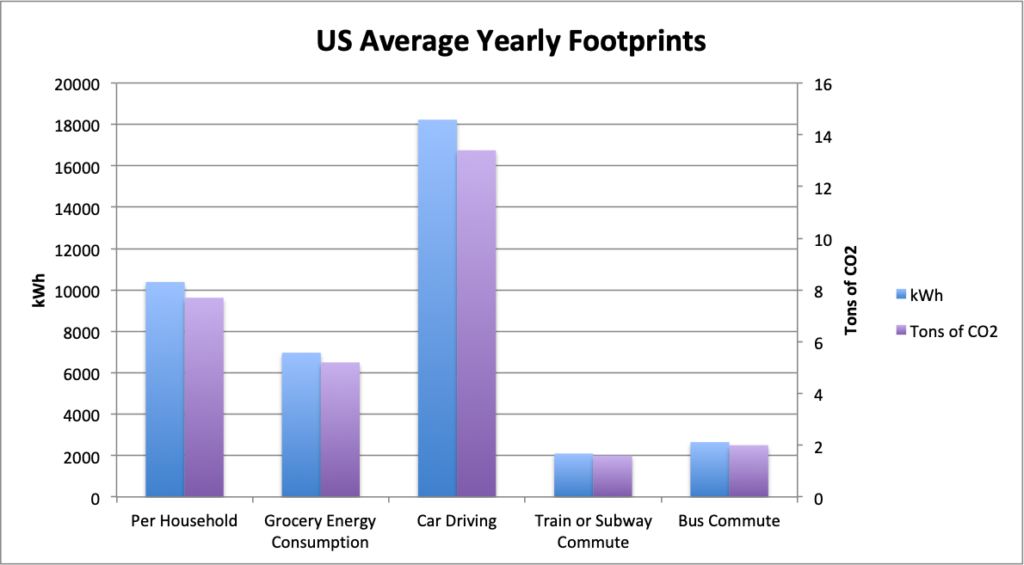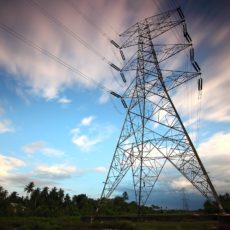

Throughout time people have been trying to quantify the universe. From one theory or another scientists and engineers have been repositioning the boundaries to the limits of our knowledge. But the easiest way people can understand the science is by relating it to what goes on in our everyday lives.
So when we talk about Life Cycle Energy, we always try and use examples that people can relate to. When we tell you the Life Cycle Energy of an electric toothbrush is 28kWh, we can also advise this is what the average US home consumes in a day.
Now that you know what the average US home consumes in a day, you can start to picture what your total footprint is. This number depends on a multitude of variables. Where you live. How often you travel. Where you purchase your groceries. Owning a pet will also adjust the curve. How far do you go on holidays and via what method? But before we get ahead of ourselves let us look at the daily figures that apply to most people so we can start to see the big picture.
Some basic footprints are shown below that are based on the average American.

From the table we can see the average American uses the most energy from driving their car. This number is considerably reduced for those that drive electric vehicles (less than a quarter). Using shared public transport where possible can offset this, as well as carpooling.
What is the best metric for comparing these? We like to use kWh due to the ease of calculating equivalents. But this can be hard to visualize for most of our users. Tons of CO2 is relatively straightforward but bear in mind this is an equivalent number.
When we talk about Tons of CO2, the easiest way to understand is by looking at the number of trees it would take to offset the carbon. There is a wide range of growth and absorption rates for trees depending on the type – but most scientists agree that planting any trees appropriate for the region and climate are the best ways to offset carbon. While trees are the best for carbon sequestration, remember that all plants absorb carbon, so even in urban areas you can help by keeping your space as green as possible.
From the EPA, 0.85 metric ton of CO2 is sequestered annually by one acre of average U.S. forest. Let’s put our average statistics into perspective by taking the figures above and estimating how large a forest we would need to sequestrate the carbon:
From the Average Yearly Footprint statistics (US):
- Per household = 8.2 acres of forest grown
- From Groceries = 5.5 acres
- From Car Driving = 14.3 acres
- From Commuting on the Train or Subway = 1.7 acres
- From Commuting on the Bus = 2.1 acres
Let us break down our fair share of global resources. There are approximately 3 trillion trees on this planet, almost 430 per person. Not all of these forests are growing so sequester less carbon. A high estimate of forest density would be a maximum of 200 trees per acre.
How are you faring with the 2.2 acres of forests allocated for removing your carbon footprint?



